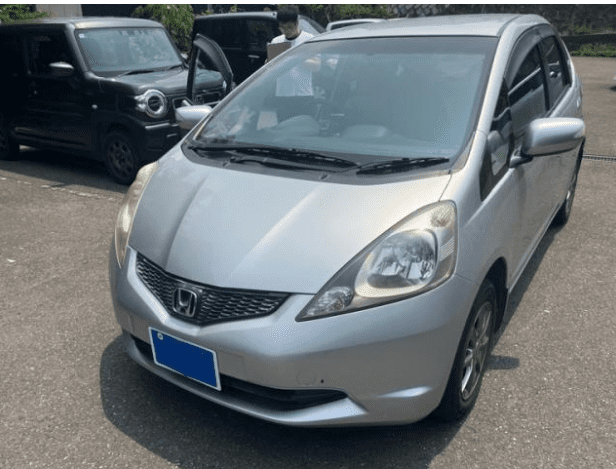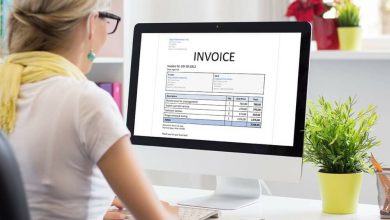Top 7 Mistakes to Avoid When Importing Cars from Japan

Introduction
Buying a car from Japan is exciting, especially if you love unique vehicles or dream of owning a JDM (Japanese Domestic Market) model. Many people want to import car from Japan because the country is known for reliable, affordable, and high-performance vehicles. With the help of a JDM car buying guide and access to Japanese auto auctions, you can find your dream car at a reasonable price.
However, importing a car is not always simple. First-time buyers often make mistakes that lead to delays, extra costs, or even losing money. If you are planning to bring a car from Japan, it is important to know the most common errors and how to avoid them. This article will walk you through the top seven mistakes to avoid when importing cars from Japan, so you can enjoy a smooth and stress-free process.
Not Researching Import Rules in Your Country
One of the biggest mistakes is ignoring your local import laws. Every country has its own rules about vehicle age, emissions, and safety standards. Some places only allow cars older than 25 years, while others have strict inspections before registration.
If you do not research these rules, you may spend thousands of dollars to import a car from Japan, only to discover it cannot be registered in your country. Always check the government website or talk to a local customs broker before buying. This step can save you from a very costly mistake.
Ignoring Total Costs of Importing
Many buyers only focus on the auction price or car cost. This is a mistake because importing a car includes many extra fees. Shipping, port handling, taxes, insurance, and customs duties can add up quickly.
A smart buyer creates a budget that covers every cost. For example, if you win a car in Japanese auto auctions for $5,000, the final cost might be closer to $8,000–$10,000 after shipping and taxes. By planning ahead, you can avoid unpleasant surprises and make sure your dream car stays within your budget.
Choosing the Wrong Exporter or Agent
Not every exporter in Japan is trustworthy. Some agents offer very cheap prices but provide poor service or even scam buyers. Without a reliable agent, you might face problems such as delays, hidden fees, or receiving a car in bad condition.
When following a JDM car buying guide, always choose an exporter with good reviews, clear communication, and proper licenses. Ask for references, check online forums, and avoid anyone who pressures you to pay quickly. A good exporter will explain the process clearly and keep you updated every step of the way.
Skipping Vehicle Inspections and History Reports
Another mistake is trusting pictures alone. Cars sold through Japanese auto auctions usually come with detailed inspection sheets, but some buyers ignore them. Without checking the car’s history, you might import a vehicle with hidden damage, accident history, or serious mechanical issues.
Always request the auction sheet translation and, if possible, hire a trusted agent to physically inspect the car. This will give you peace of mind and help you avoid spending money on repairs after the car arrives. Remember, a little extra effort in checking the car’s condition can save you thousands later.
Underestimating Shipping and Delivery Times
Some buyers expect their car to arrive in just a few weeks, but shipping takes time. After buying at Japanese auto auctions, it can take several weeks before the car is shipped, plus another 4–8 weeks for it to arrive at your country’s port.
If you plan to import car from Japan, be patient and plan ahead. Avoid scheduling long trips or selling your current car too soon. Also, make sure you understand the difference between shipping methods, such as container and roll-on/roll-off.
Not Preparing Documents Correctly
Importing requires a lot of paperwork: bill of lading, export certificate, invoices, and customs forms. One missing or incorrect document can delay the release of your car from customs.
Many new buyers think they can handle all documents themselves but later face confusion at the port. To avoid this mistake, work with your exporter or a customs broker who understands the process. Following a JDM car buying guide can also help you organize paperwork properly so your car clears customs without delays.
Forgetting About Spare Parts and Maintenance
JDM cars are unique, and sometimes parts are not easily available in your country. A common mistake is buying a rare model without checking if parts and service are accessible. This can make simple repairs expensive or time-consuming.
Before you import a car from Japan, research if local mechanics can handle that model and whether parts can be ordered online. Joining JDM forums or groups can also help you connect with other owners who share tips about maintenance and spare parts. Planning ahead ensures your car remains enjoyable and not a constant headache.
Bonus Tip: Rushing the Buying Process
Importing a car from Japan is exciting, but rushing can lead to poor decisions. Some buyers skip research because they want to secure a car quickly, while others fall for deals that are “too good to be true.” Take your time, compare options, and use a trusted JDM car buying guide. Patience often leads to better cars at better prices.
Conclusion
Importing a car from Japan is one of the best ways to own a reliable and unique vehicle, but it comes with challenges. By learning from the common mistakes above, you can save money, avoid delays, and enjoy the car you’ve always dreamed of.
Remember these key points:
Research your country’s import rules before you buy.
Calculate the total cost, not just the auction price.
Work only with trusted exporters and agents.
Check inspection sheets and car history reports.
Be patient with shipping and paperwork.
Prepare for maintenance and spare parts.
With the right planning and a solid JDM car buying guide, the process of buying from Japanese car auction becomes much easier. Avoiding these mistakes ensures that your journey to import a car from Japan is smooth, safe, and rewarding.







